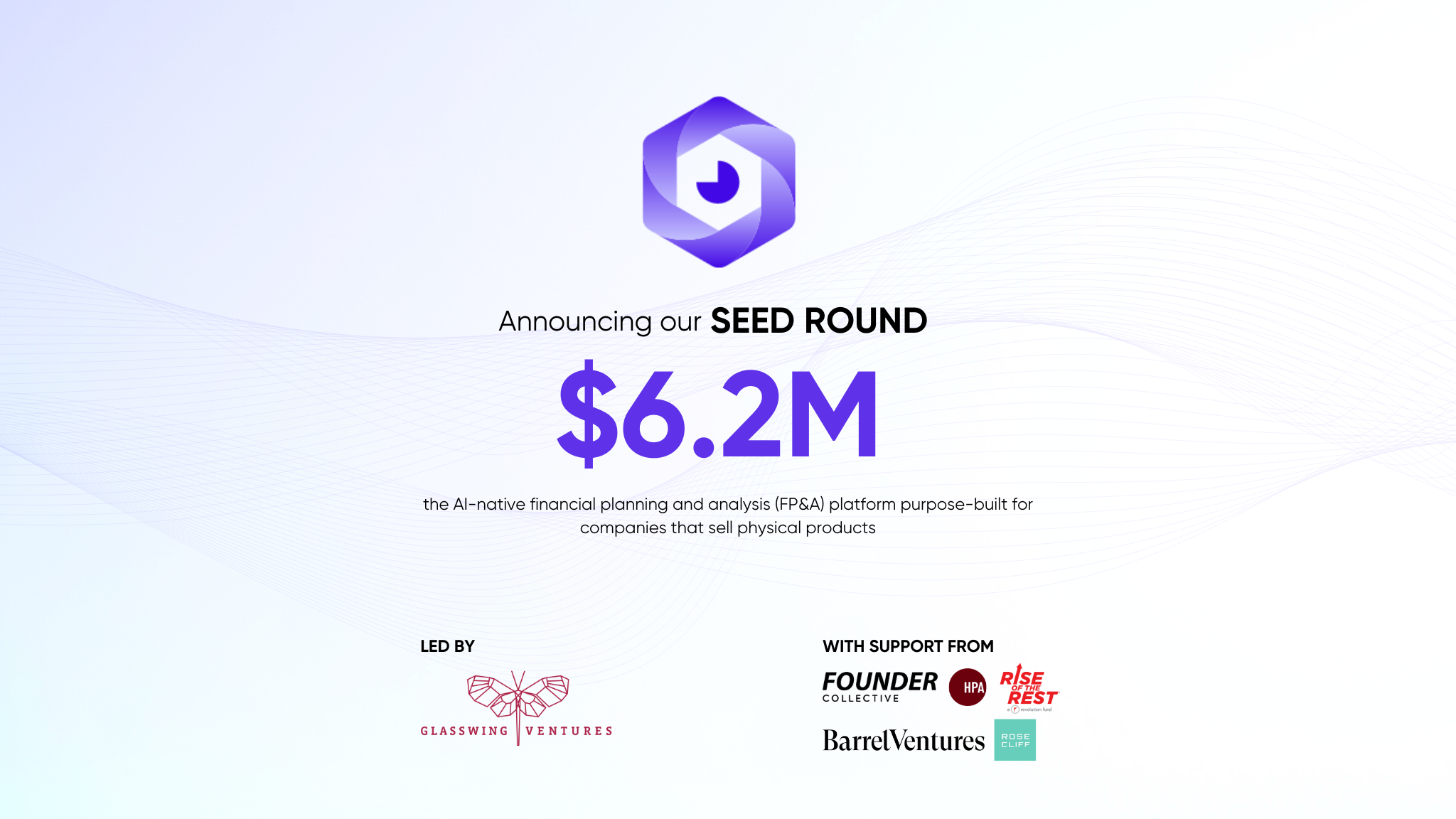Your Gross Margin & How it Informs CAC

One of the hallmarks of the DTC model has always been ‘cutting out the middleman’ - or the retailers that used to hog all the margin. When DTC came about in the 2010s, online brands were able to offer goods for cheaper than what you might at Walmart because Walmart wasn’t taking 50% of the selling price immediately off the top from the brand. This allowed the brand to pass on that margin to the customer in the form of price cuts, which allowed brands to compete on pricing and gain market share.
Fast forward 10 years later, and competing on price by taking it on the chin with your gross margin is not exactly a fantastic strategy. The lower gross margin categories like food and beverage, for instance, have struggled drastically to prove out DTC as a viable business model. The heavy nature of beverages and food items are expensive to ship and are almost always looked for by consumers who want to spend less; i.e., selling cases of water online for a premium price point would probably not do well.
But the problem is not that people don’t love water, its more so that the rising cost of customer acquisition has priced out the lower gross margin brands.
In other words - your gross margin dictates how much you should be willing to spend on customer acquisition. The higher the gross margin per product, the higher your CAC can be which means the more customers zuck will bless you with.
So that begs the question - what should I be willing to spend on a CAC when my gross margin is X%?
The answer is, as with all things, ‘it depends.’ I know, thats a cop out answer - but it really does. It depends mostly on your average selling price and how high your AOV and purchase frequencies are. For example, pet food/supplements companies are traditionally lower gross margin, but because the retention curve is so long, a lot of brands can get away with spending more on CAC than their gross profit per order.
We talk a lot about what the ideal profit margin should be, and generally speaking you want to shoot for 10-30% depending on your category and growth. Most often, you almost always want your contribution margin ratio (contribution margin divided by net sales) to be in the 30%+ range if you are going to achieve this level of net income after operating expenses.
A good guiding formula (certainly not law) for how much you should spend on CAC is where Marketing Expenses = ((Gross Margin - 0..3)*AOV); this will guide you towards a 30+% CMR, which is healthy.

So, that rule says that if you have a $100 AOV and a gross profit margin of 50% for $50 in COGS, you should spend $20 on CAC so that we are around 30% in contribution margin ratio. This is where it becomes evident that lower gross margins make it a lot more difficult to acquire customers at any reasonable clip.
For example, if our gross margin is 35%, in order to achieve our stated goal of 30% contribution margin, our CAC has to be $5. That does not seem very reasonable now does it. 5% of AOV
The only exception, as previously stated, is if you have not only massive retention - but more importantly, the cash reserves to sustain wait it out for that LTV to be realized. Longer payback periods mean you need more cash in the business as you will be losing money on every new order - that means the more customers you acquire (i.e., the more you grow) the more you will lose.
The companies that are best positioned to leverage DTC as an effective - and potentially primary - channel are companies with gross margins in excess of 50%, and more ideally in the 60-80% range. Let’s visit our calculator again with a 70% gross margin:

When you have a 70% gross margin, you can afford to spend $40 in CAC and still generate 30% contribution margins. That 40% of your AOV vs the 5% mandated by the previous example. That is a massive difference.
The other component to consider of this dynamic is that by acquiring more customers at a higher CAC while maintaining a 30% contribution margin ratio, you are actually generating significantly more contribution dollars (the primary measurement for contribution margin) because you are scaling revenue by acquiring more and more customers.
In conclusion, while the DTC model initially thrived bypassing the retailers that were sucking the margin out of the system and offering competitive prices, the landscape has evolved and DTC brands must pay as much attention to their unit economics as possible. Lower margin categories like we discussed are at a foundational disadvantage and this is why you have seen brands like Liquid Death stop selling online altogether. The key to building and growing a sustainable business is to make sure your cost philosophies are aligned at the gross margin and marketing levels. Not all CACs are created equal, and you should eye your gross margin with scrutiny every month and every quarter as there may be hidden expenses that, if unlocked, will change our ideal CAC formula to produce a better, more scalable output for your business. As the market continues to evolve, understanding and optimizing this balance will be crucial for DTC brands aiming for sustainable success.
Click HERE to place with the model










